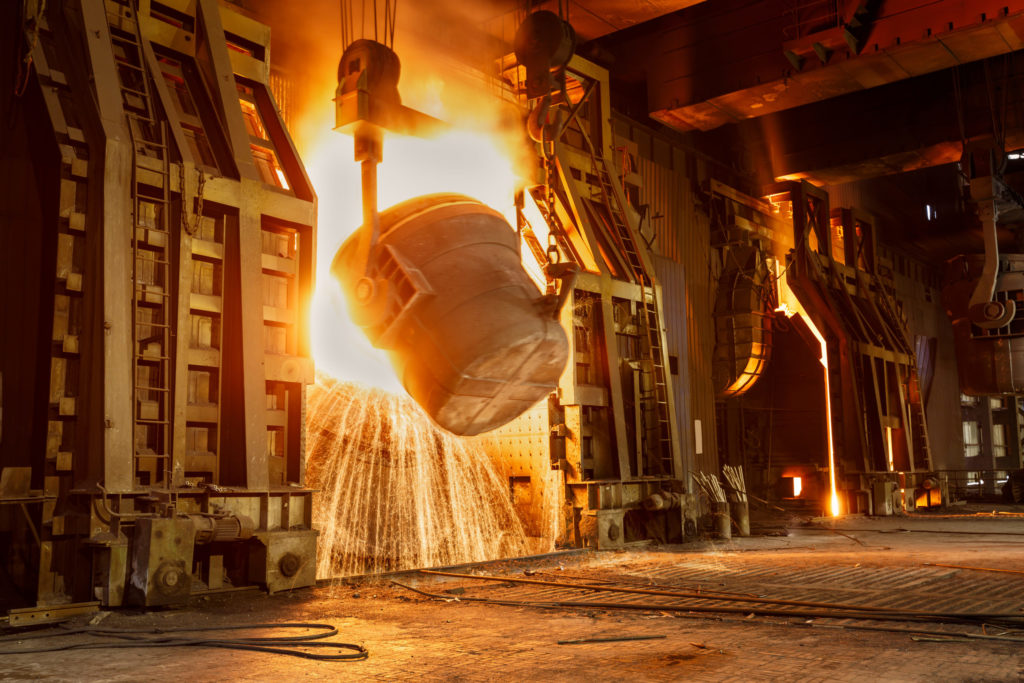TEL
Stainless steel (Stainless Steel) is the abbreviation of stainless and acid-resistant steel.
It is called stainless steel that is resistant to weak corrosive media such as air, steam, and water, or is stainless steel; and chemically resistant to chemical corrosion media (acid, alkali, salt, etc.) Corrosion steel is called acid-resistant steel.
Due to the difference in the chemical composition of the two, their corrosion resistance is different. Ordinary stainless steel is generally not resistant to chemical media corrosion, while acid-resistant steel is generally non-corrosive. The term "stainless steel" not only refers to a single type of stainless steel, but also refers to more than one hundred industrial stainless steels. Each stainless steel developed has good performance in its specific application field. The key to success is to understand the purpose first, and then determine the correct steel grade. There are usually only six steel grades related to the application of building construction.
They all contain 17-22% chromium, and better steel grades also contain nickel. The addition of molybdenum can further improve the atmospheric corrosion, especially the corrosion resistance of the chloride-containing atmosphere.
Generally speaking, the hardness of stainless steel is higher than that of aluminum alloy, and the cost of stainless steel is higher than that of aluminum alloy.

According to the composition, it can be divided into Cr series (400 series), Cr-Ni series (300 series), Cr-Mn-Ni (200 series), heat-resistant chromium alloy steel (500 series) and precipitation hardening series (600 series).
Stainless steel mesh
Stainless steel mesh is also known as stainless steel filter mesh because it is mainly used for filtering products.
Material: SUS201, 202, 302, 304, 316, 304L, 316L, 321 stainless steel wire, etc.
Weaving: plain weave, twill weave, dense weave.
Mesh number: The specification of stainless steel wire mesh is 1 mesh-635 mesh. The mat-shaped weaving can reach 2800 meshes.
Uses: stainless steel mesh and other metal wire woven meshes are mainly used for screening and filtering under acid and alkali environmental conditions, mud meshes in the petroleum industry, screen filters in the chemical and chemical fiber industry, pickling meshes in the electroplating industry, gas and liquid filtration and others For media separation.
Mesh belt
Classified by name: stainless steel mesh belt, conveyor belt, metal conveyor belt, stainless steel conveyor belt, metal mesh belt, metal conveyor belt, stainless steel transmission belt, metal transmission mesh belt, etc.
Classified by purpose: Widely used in annealing furnace mesh belts and baking furnace mesh belts in the glass products industry. Food processing industry, dehydrated vegetables, quick-frozen food single-freezer pre-processing mesh belt, chain mesh. Powder metallurgy, metal heat treatment, quenching, sintering, brazing, roasting, bright, blackening, bearing, carburizing high-temperature furnace mesh belt, baffle mesh belt, coating drying line conveyor mesh belt, foam nickel reduction production line mesh belt , Washing machine, hoist, dryer, dryer, curing oven mesh belt. Chain nets and mesh belts for each conveying process.
Classified by material: 1cr13 mesh belt, 201 mesh belt, 304 mesh belt, 316 mesh belt, etc.
Classified by shape: herringbone mesh belt, B-shaped mesh belt, diamond mesh belt, horseshoe mesh belt, chain conveyor belt, glasses-shaped mesh belt, chain plate mesh belt, spherical mesh belt
Expansion of stainless steel products: stainless steel mesh belts, mesh belts, conveyor mesh belts, metal mesh belts, high temperature mesh belts, Great Wall mesh belts, type B mesh belts, stainless steel accessories. All products in the expansion are made of stainless steel steel wires and stainless steel plates.
magnetic
The austenitic type is non-magnetic or weakly magnetic, and martensite and ferrite are magnetic. After austenite is cold-worked, its structure will also be transformed into martensite, and the magnetic properties will become larger. Therefore, the method of distinguishing the quality and the authenticity of stainless steel through magnet adsorption is one-sided and wrong.
Stainless steel surface processing grade
Original surface: NO.1 The surface subjected to heat treatment and pickling treatment after hot rolling. Generally used for cold-rolled materials, industrial tanks, chemical industrial equipment, etc., the thickness is thicker from 2.0MM to 8.0MM.
Blunt surface: NO.2D cold-rolled after heat treatment and pickling, its material is soft, the surface is silver-white luster, used for deep drawing processing, such as automotive components, water pipes, etc.
Matte surface: NO.2B after cold rolling, heat treatment, pickling, and then finishing rolling to make the surface moderately bright. Because the surface is smooth and easy to re-grind, it makes the surface brighter and has a wide range of uses, such as tableware, building materials, etc. After adopting the surface treatment to improve the mechanical properties, it can meet almost all purposes.
Coarse sand NO.3 is a product grinded with No. 100-120 grinding belt. It has better gloss and discontinuous rough lines. Used in building interior and exterior decoration materials, electrical products and kitchen equipment, etc.
Fine sand: NO.4 is a product grinded with grit size 150-180 grinding belt. It has better gloss, discontinuous rough lines and finer stripes than NO.3. Used in baths, decoration materials inside and outside buildings, electrical products, kitchen equipment and food equipment, etc.
#320 The product is polished with 320 abrasive belt. It has better gloss, discontinuous rough lines, and finer stripes than NO.4. Used in baths, interior and exterior decoration materials of buildings, electrical products, kitchen equipment and food equipment, etc.
Hairline surface HAIRLINE: HLNO.4 is a product with a grinding pattern generated by continuous grinding with a polishing belt of appropriate granularity (subdivision 150-320). Mainly used for building decoration, elevators, building doors, panels, etc.
Bright surface: BA is a product obtained by bright annealing after cold rolling and smoothing. The surface gloss is excellent and has a high reflectivity. Like a mirror surface. Used in home appliances, mirrors, kitchen equipment, decoration materials, etc.
Copyright © 2018-2021 Shandong Gangpu Metal Materials Co., Ltd All Rights Reserved.